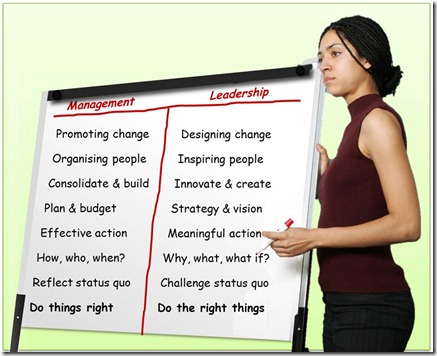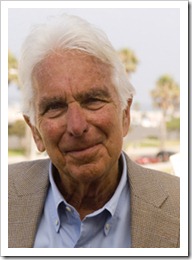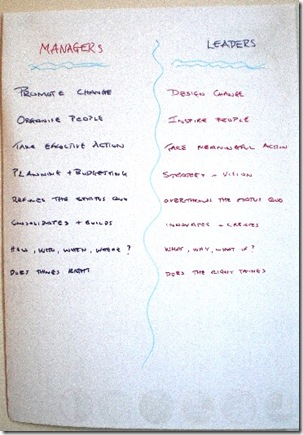Last week we started to look at the work of leadership expert Warren Bennis. Let’s look deeper.
Bennis had a career in Management
Not only did Bennis lead men in the second world war, but after his studies, he took on a succession of senior academic administration roles, between 1967 and 1979. Here he tried to put the ideas of Douglas McGregor to good use, and here, he started thinking about the nature of leadership.
However, it was when he returned to academic research, that he started to become a true leader. His keystone work is ‘Leaders: The Strategies for Taking Charge’ and I relish an irony at the core of this book.
Managers and Leaders
In response to a Harvard Business Review article by Abraham Zaleznik in 1977, Bennis articulated his famous set of comparisons between a manager and a leader:
So it seems to me to be delicious that, in articulating the four common abilities of a leader, from their research into 90 US leaders from all areas of endeavour, Bennis and co-author Burt Nanus expressed them in terms of management.
4 x Management = Leadership
The four strategies that Bennis and Nanus articulated are each about superb management of themselves, in essential arenas of the leader’s domain. They do not set this up as a prescriptive model of leadership, but as a descriptive model of how real, successful leaders act.
Strategy 1: Attention through Vision
Leaders can manage their attention and the attention of followers by articulating an engaging vision of the future state of their organisation. They must also find a way of getting followers to start to treat that vision as their own.
Strategy 2: Meaning through Communication
Leaders manage the meaning of their message by using vivid imagery and salient metaphors to create deep understanding and resonance that leads to real hope and trust.
Strategy 3: Trust through Positioning
Building and managing trust requires effective action that aligns with the vision you have set out. Leaders can position their organisation in any of four ways:
- Reacting to external changes
- Changing the organisation itself to lead external change
- Changing the organisation’s external environment to create change
- Create new links between the organisation and its environment
Strategy 4: The Deployment of Self
Constant learning and relationship building establishes permanent leadership traits within you, giving you the confidence and experience to take risks and to trust followers. This enables you to manage your own self-confidence and emotional states, leading you to be seen as stable, adept, and reliable.
So here is the deal
Leadership and Management are deeply intertwined. To understand and excel at one, we must equally understand the other.







